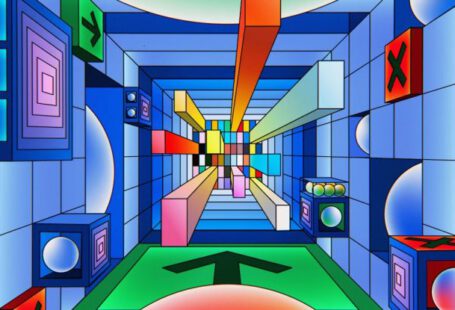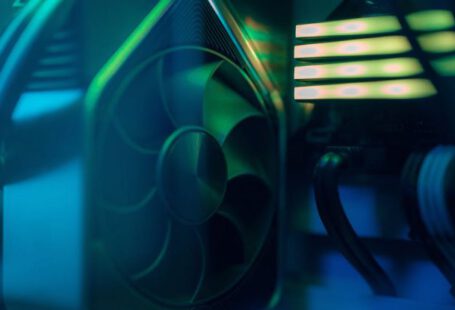Have you ever found yourself impatiently waiting for your computer to start up? The startup time of a PC can significantly impact your productivity and overall user experience. If you’re tired of staring at a loading screen for what feels like an eternity, don’t worry – there are several effective ways to reduce startup time on your PC. By implementing these strategies, you can enjoy a faster and more responsive computing experience. Let’s delve into some actionable tips to streamline your PC’s startup process.
Optimize Startup Programs
One common reason for a slow startup time is an excessive number of startup programs running in the background. These programs automatically launch when you boot up your PC, consuming valuable system resources and slowing down the startup process. To improve startup speed, it’s essential to optimize your startup programs.
To manage startup programs on Windows, you can use the Task Manager. Simply right-click on the taskbar, select “Task Manager,” and navigate to the “Startup” tab. Here, you can see a list of programs that launch at startup and disable unnecessary ones by right-clicking and selecting “Disable.”
Regularly Update Software and Drivers
Outdated software and drivers can also contribute to slow startup times and overall system performance. It’s crucial to keep your operating system, drivers, and applications up to date to ensure optimal functionality. Updates often include performance enhancements, bug fixes, and security patches that can improve the efficiency of your PC.
To update your software on Windows, you can go to “Settings” > “Update & Security” > “Windows Update.” For drivers, you can visit the website of your device manufacturer to download the latest driver updates.
Enable Fast Startup
Windows offers a feature called “Fast Startup,” which combines elements of both a full shutdown and hibernation to reduce startup time. When enabled, Fast Startup saves the kernel session and device drivers to a hibernation file upon shutdown, allowing the system to boot up faster when powered on.
To enable Fast Startup on Windows, go to “Control Panel” > “Power Options” > “Choose what the power buttons do.” Here, check the box next to “Turn on fast startup (recommended)” to activate the feature.
Clean Up Your Disk
A cluttered hard drive can slow down your PC’s startup time as the system struggles to load fragmented files and data. Regularly cleaning up your disk by removing unnecessary files, temporary data, and old applications can help improve system performance and reduce startup delays.
Windows includes a built-in Disk Cleanup tool that you can use to remove temporary files, system files, and other unnecessary data. Simply search for “Disk Cleanup” in the Start menu, select the drive you want to clean, and follow the on-screen instructions to free up disk space.
Utilize Solid-State Drive (SSD)
If you’re looking to significantly boost your PC’s startup speed, consider upgrading to a solid-state drive (SSD). Compared to traditional hard disk drives (HDDs), SSDs offer much faster read and write speeds, resulting in quicker boot times and improved overall system performance.
SSDs are becoming increasingly affordable and widely available, making them a worthwhile investment for users looking to enhance their computing experience. By replacing your HDD with an SSD or adding an SSD as a primary drive, you can enjoy snappier startup times and faster application loading speeds.
Streamline Background Processes
In addition to startup programs, background processes running on your PC can also impact its startup time. These processes consume system resources and may prolong the time it takes for your computer to become fully operational. To streamline background processes and reduce startup delays, you can use the Task Manager to identify and close unnecessary applications and services.
Navigate to the “Processes” tab in the Task Manager to view a list of running processes and their resource usage. You can identify resource-intensive processes and end them by right-clicking and selecting “End Task.” Be cautious not to terminate critical system processes that are essential for the operating system to function properly.
Conclusion: Enhance Your PC’s Performance with Faster Startup
By implementing these strategies to reduce startup time on your PC, you can enhance your computing experience and enjoy a more responsive system. From optimizing startup programs and updating software to enabling Fast Startup and utilizing an SSD, there are several ways to streamline your PC’s startup process and improve overall performance. Take proactive steps to declutter your system, manage background processes, and keep your software up to date for a smoother and faster startup experience. With a few simple tweaks and optimizations, you can minimize startup delays and maximize productivity on your PC.





